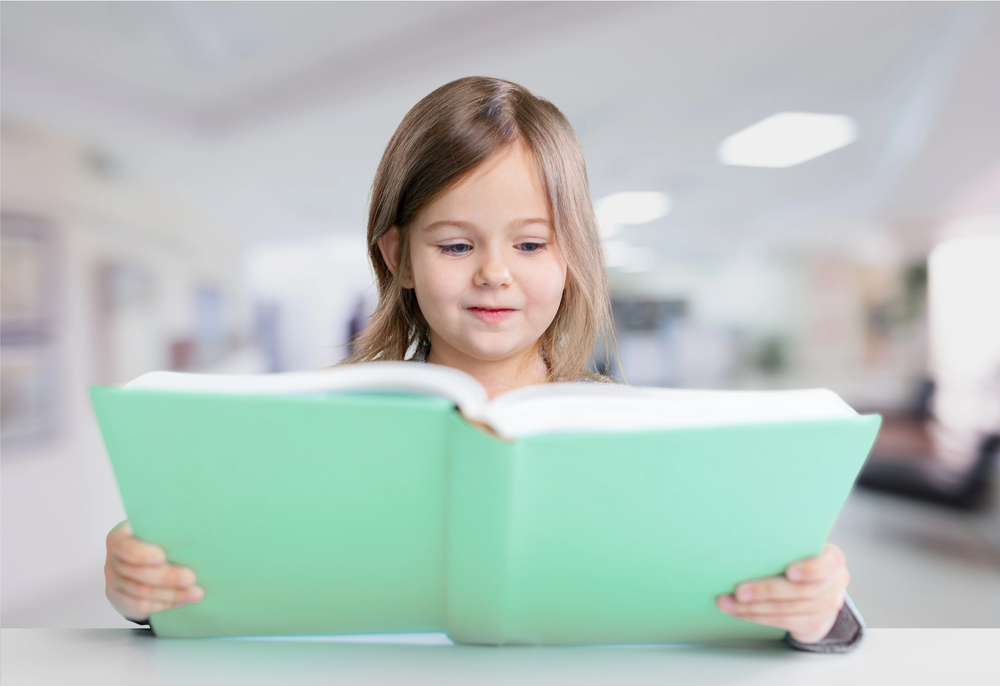
Before a child ever sits in a dental chair, they’ve already begun forming beliefs about teeth—what they’re for, how they’re cared for, and more importantly, how they feel about going to the dentist. Long before fluoride touches enamel, stories touch the imagination. And that is precisely where real prevention begins.
In the world of children’s dentistry, the toothbrush is only half the tool—the other half is narrative.
From the giggling crocodile who won’t brush his teeth to the brave little molar who defeats the sugary villain, children’s books quietly wage war against plaque and fear. These stories do more than entertain—they construct emotional blueprints. When a child sees a character proudly visiting the dentist, smiling through a check-up, or conquering their fear of a wobbly tooth, it normalises a behaviour they might otherwise resist. Literature becomes rehearsal for reality.
And the science agrees. Paediatric oral health specialists have observed that children who engage with dental-themed books or videos before appointments are markedly more cooperative and curious. Why? Because narrative reduces uncertainty. It gives structure to the unknown.
The Evolution of Oral Health Narratives
Children’s dentistry did not always have such colourful companions. For previous generations, oral care was taught with severity—threatening phrases like “your teeth will rot” or “no sweets or else” were standard parental warnings. Dental care was portrayed as punitive rather than empowering. It was something to avoid failure, not a means to achieve health.
But modern storytelling has flipped the script. Instead of fear-based messaging, we see tooth fairies negotiating labour rights, dentists portrayed as superheroes, and plaque depicted as quirky yet defeatable foes. The message is subtle but transformative: dental care is not an obligation—it’s an adventure.
Interestingly, this approach echoes adult psychology as well.
While adults may no longer read picture books, they remain just as influenced by narrative. Only now, the delivery system shifts—from pages to podcasts, from storybooks to dental journals, wellness blogs, and autobiographical essays about oral health transformations.
Scientific papers on periodontitis may lack dragons and rhyming mice, but they still wield narrative power. When a journal tells the story of gum disease leading to cardiovascular issues, or how oral inflammation impacts pregnancy outcomes, it is not merely presenting data—it is crafting consequence. Adults, too, learn through story. The difference is that our monsters now wear lab coats.
Generational Continuity: How Stories Bridge the Bathroom Sink
What’s fascinating is how oral health literature doesn’t just inform individuals—it forges continuity between generations.
A parent who once read The Berenstain Bears Visit the Dentist may now read it aloud to their own child. A grandparent recalling school dental check-ups from the 1960s may smile at the sleek, brightly lit paediatric clinics of today, marvelling at how far children’s dentistry has evolved—not just in tools, but in tone.
Books, articles, pamphlets, TikTok explainers, health reports—these are not separate channels of communication. They’re sequential chapters in a cultural manual for self-care. Oral hygiene is not just inherited through instruction—it’s inherited through storytelling.
And critically, these stories influence perception not just of dental hygiene, but of the profession itself. When dentists are portrayed as patient, funny, wise, and essential, children grow up viewing them not as strangers with scary tools but as trusted allies. Literature does not simply teach what to do—it teaches how to feel about doing it.
When Adults Rewrite Their Dental Narratives
Yet, what about those who didn’t grow up with these positive oral care stories? Adults who still flinch at the sound of a drill? Literature offers redemption here too.
Self-help memoirs about dental phobia recovery, long-form articles on restorative dentistry, or even visual infographics about how tooth loss affects bone structure—these are rewriting tools. They allow adults to reframe past fear into present agency.
The same psychological mechanism that helps a child identify with a brave cartoon molar is at play when an adult reads a testimonial about overcoming tooth decay or finally achieving confidence through orthodontic treatment. We may age, but we never outgrow narrative influence.
“Oral health plays a critical role in a child’s growth,” say countless brochures and research papers—but rarely does science articulate how deeply those habits are shaped not just in the bathroom, but in the bedtime story.
The Future: AI Storybooks and Smart Journals?
As technology personalises healthcare, oral health education is on the brink of its most imaginative phase yet. Soon, children may read AI-generated storybooks where the heroes resemble them, facing dental challenges tailored to their specific anxieties. Adults may receive digital dental reports written not in dry medical terminology, but in narrative explanations: “Your gums are healing—your immune system is winning its battle!”
Imagine floss instructions delivered like a quest. Imagine dental journals formatted like compelling case studies rather than data grids. Imagine dental care becoming emotionally literate.
Because whether it’s a rhyming picture book or a peer-reviewed study, one truth remains constant:
We do not simply clean our teeth—we believe in cleaning our teeth.
And belief, almost always, begins with a story.
So the next time you see a child open a book about a smiling shark brushing with seaweed floss, remember: that page may do more for their health than a dozen reminders. And the next time you scroll past a dental research headline, don’t dismiss it as mere science—it’s storytelling in disguise.
From cradle to clinic, from crayons to citations—literature is the real fluoride in our lives.

